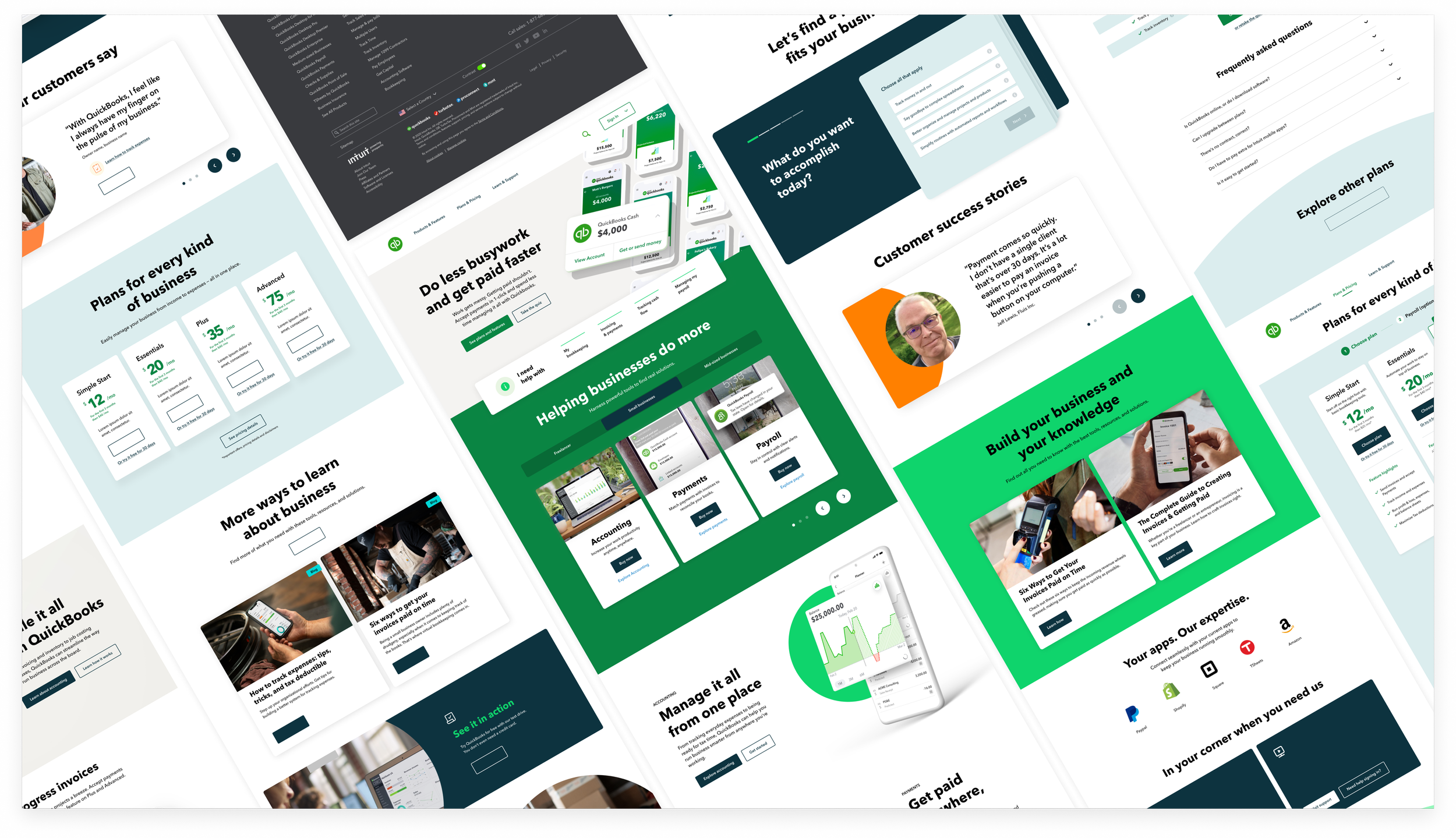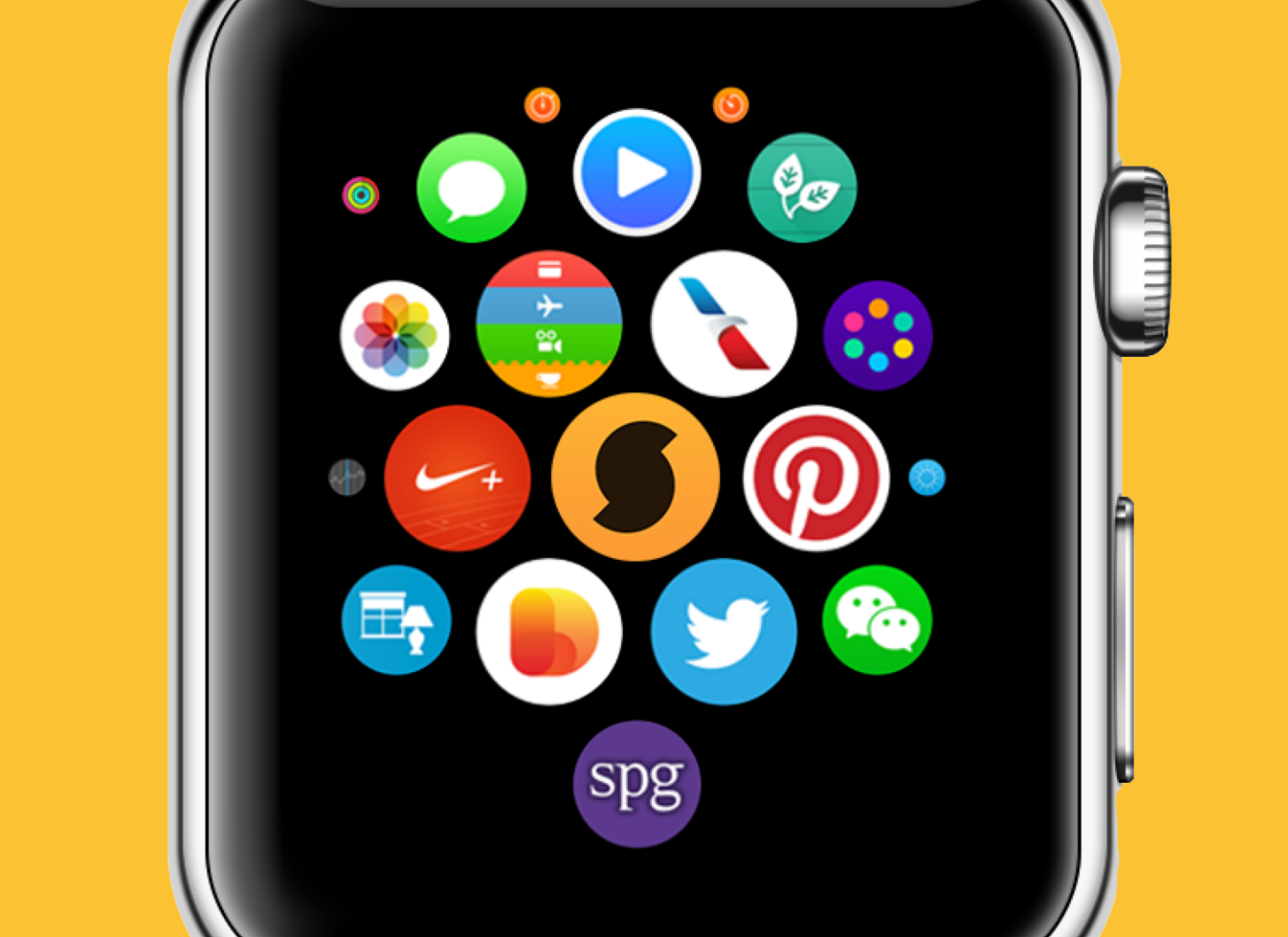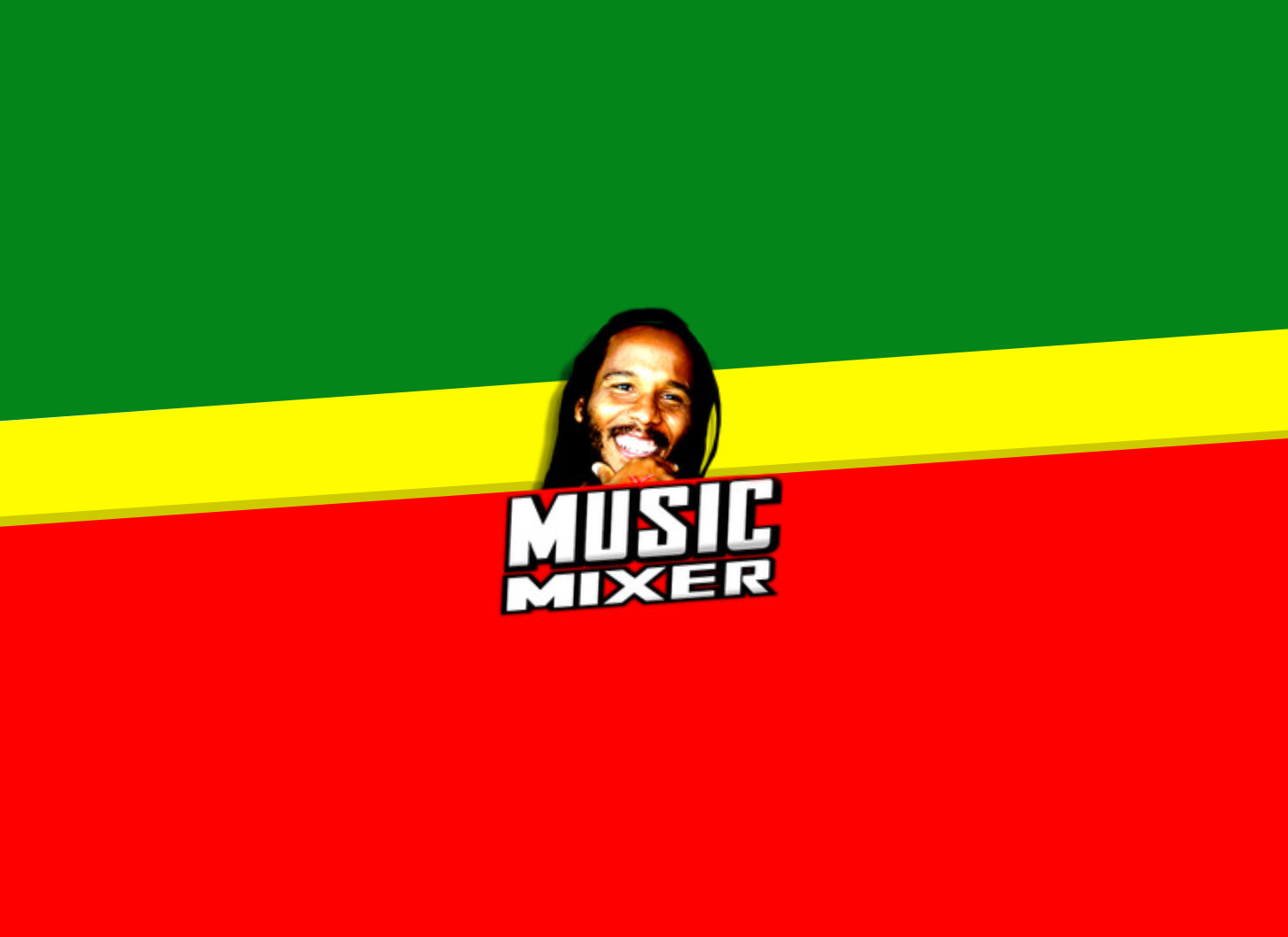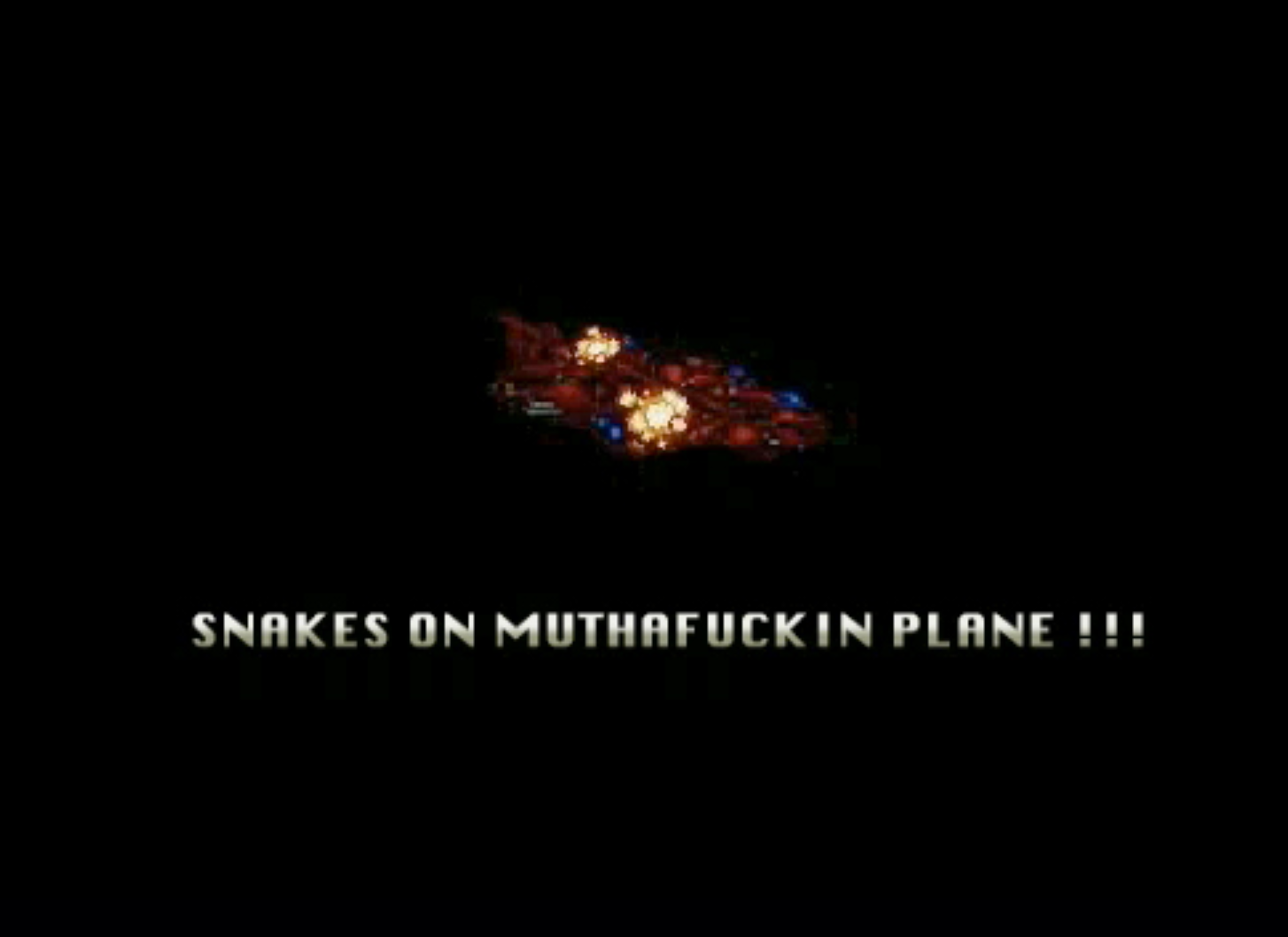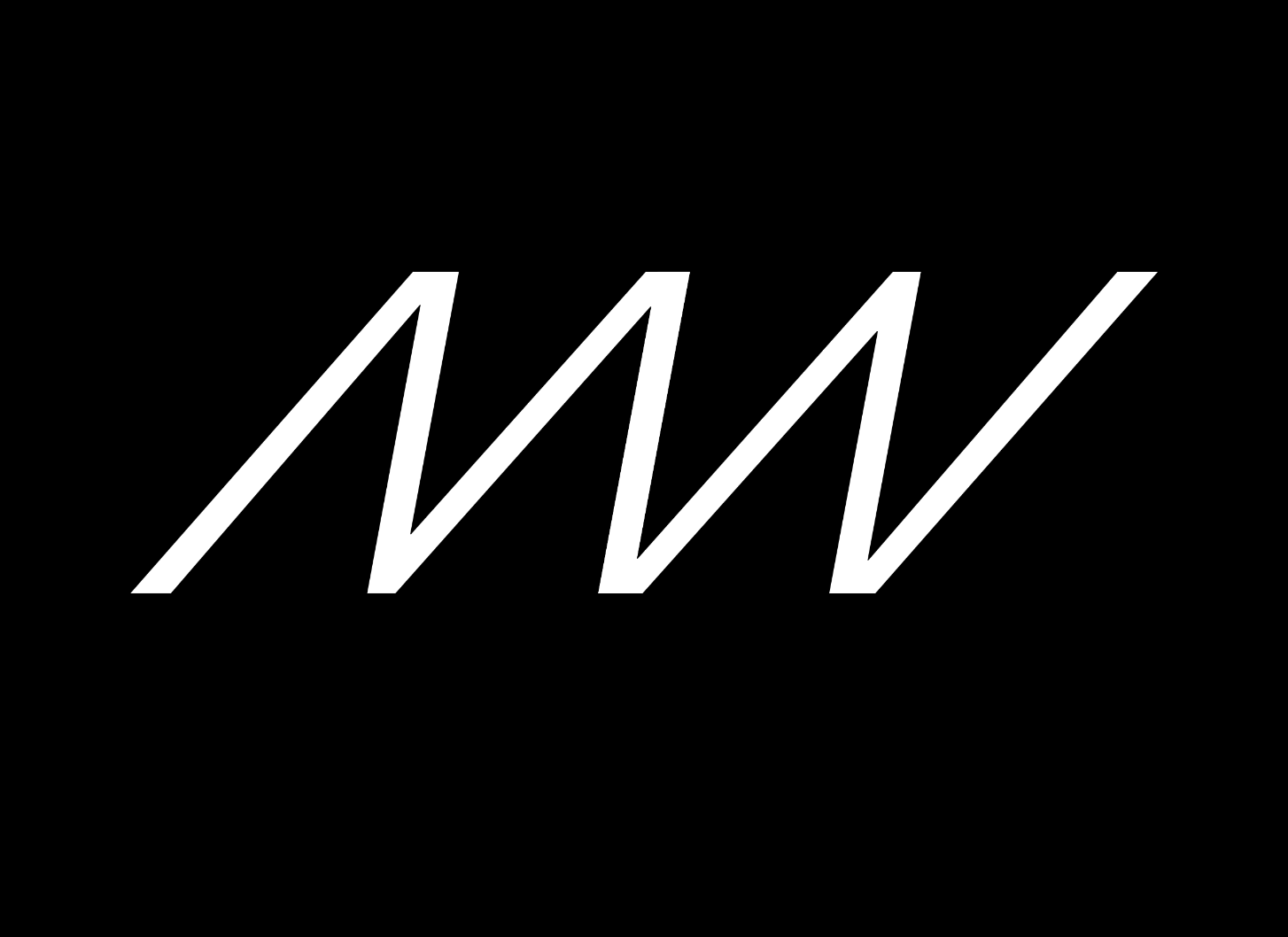Design philosophy
Moxie pulls from his experience as a designer and executive across SaaS, mobile, web, emerging technology platforms, and advertising to think holistically about design. Moxie honed his craft expertise while simultaneously learning the priorities and challenges of the business environment. He believes that bringing Design, Business, and Technology teams together creates the best user experiences. As a design leader, he’s able to translate business objectives into design objectives and design objectives into business objectives. He communicates in the language of his cross-functional partners, ensuring vision alignment and driving success across the organization.
Craft expertise
As a multi-disciplinary designer, Moxie approaches design holistically, embodying the “end-to-end” mindset. He sees design as essential to both product and marketing, using it to visualize concepts, explore cost-effective scenarios, and challenge or validate data-driven assumptions. Moxie emphasizes the importance of critical thinking and considers problems from multiple perspectives—including the customer, cross-functional partners, and stakeholders—to achieve a balanced approach to success. While he values consensus within teams, he also believes design experiences should be tempered with a strong conviction around the vision.
The three C’s
As a systems design leader and advocate, Moxie emphasizes Consistency, Cohesion, and Coherence as the cornerstones of user interface and experience. Drawing on his extensive expertise in visual, motion, and interaction design, he skillfully guides teams to explore wide-ranging possibilities and refine them into coherent, delightful applications. Moxie’s ability to balance technical capabilities, design craftsmanship, and business insight is key to driving this process, ensuring both innovation and user satisfaction while being an intuitive experience.
Design process
While the design process can be framed in countless ways by different companies and perspectives, Moxie knows that culture plays a key role in determining whether a process drives success or creates roadblocks. He believes in flexibility, adapting the process based on factors like the area of focus (UI vs. UX, design refresh vs. zero-to-one), team maturity, product life-cycle, and resource limitations.
👀 Discovery
Scope and Research
Goal: Define a clear problem statement and scope of work, establish success metrics and KPIs, and deeply understand the user’s needs.
🤖 Synthesis
Ideation and
Testing
Goal: Generate a variety of low-fidelity ideas (sketches, whiteboards, etc.), test concepts with users (even through guerilla testing), and ensure usability issues are resolved.
🧁 Execution
Build, Launch, Measure, Revise
Goal: Implement the design with integrity to the original intent, launch the product or feature, and track key metrics to assess performance and make revisions as needed.
Things that tend to be true
In both startups and large companies, two maxims have consistently proven true, they are: progress over perfection and evolution, not revolution.
🧱 Progress over perfection
Designers often struggle with the perfection trap, but it’s crucial to remember that Design is about progress and problem-solving. In the digital space, experiences are more flexible than hardware, allowing for continuous refinement. However, this doesn’t justify rushing out designs under tight timelines and budgets. The mantra “scrappy, not crappy” applies here, emphasizing the need to meet a minimal acceptable standard. Design must determine this quality threshold, understanding the user’s goals and applying craft expertise to make adjustments without compromising the overall experience.
🐠 Evolution, not revolution
When redesigning a product or experience, especially for active users, it’s crucial to balance familiarity with innovation. Research and user interviews help identify which elements to retain and which to refresh. Moxie’s most successful redesigns evolve the experience by understanding user resistance to change while pushing boundaries where they’re receptive. Redesigns often spark debate among cross-functional partners. As a leader, he fosters an environment where all design ideas are welcomed and iterative exploration drives the process, utilizing the philosophy of “form following function” to guide the approach.
Work thus far
These examples are a brief summary designed to spark conversations and set the stage for a more comprehensive portfolio review.
Intuit Inc.
Moxie’s long-term vision for the QuickBooks ecosystems visual design language began with the redesign of QuickBooks Self-Employed (QBSE), laying the foundation for user-centered innovation. He then led the reimagined website experience, QuickBooks.com, leveraging tenets of the QBSE visual language to create a more intuitive and cohesive experience across new customer-facing touchpoints. His visual design philosophy culminates in the overhaul of the QuickBooks Design System, which will be re-platformed for Generative AI-UX, ensuring scalability and setting the stage for next-generation customer experiences.
SoundHound Inc.
Moxie’s long-term vision for defining the visual design language for SoundHound began with the redesign of the SoundHound Music Recognition app, where he established a wider, refreshed color palette and developed a brand-identifiable, extensible design system. This foundation extended to the Hound app and ultimately culminated in the Houndify platform. The consistency, cohesion, and coherence achieved in the SoundHound app redesign set the standard for the entire ecosystem of products.
Apple Inc.
Moxie honed his design skills by mastering consistency, coherence, and cohesion in user interface design. As he developed into an expert designer and leader-coach, he brought a multidisciplinary approach to organizations that typically valued single-purpose expertise. This experience sparked Moxie’s interest in people leadership, inspiring him to focus on unlocking the talents and potential of designers while sharing his expansive knowledge of media arts.
Notable Work
Before transitioning to into the technology industry, Moxie was already making waves by crafting cutting-edge web experiences for a range of forward-thinking companies. As a true craft expert, he quickly honed his technical and creative skills, seamlessly bridging art, design, and technology. A multi-disciplinary designer long before the term “full-stack” gained traction, Moxie was capable of handling everything from original music and sound design, to video editing, compositing, graphic design, and UI, while also developing in HTML, Java, Flash, and After Effects. His ability to take projects from zero-to-one, often working solo or alongside other specialists, made him the go-to for creating unforgettable brand experiences.
More to come…
check back later.
Looking for examples of leadership?
Learn more about Moxie’s leadership style, guiding principles, process, and case study highlights about managing people, leading teams, and galvanizing organizations.
Let’s connect
-
-
If you would like to learn more about any of the work shown, or see more in-depth examples, please email:


